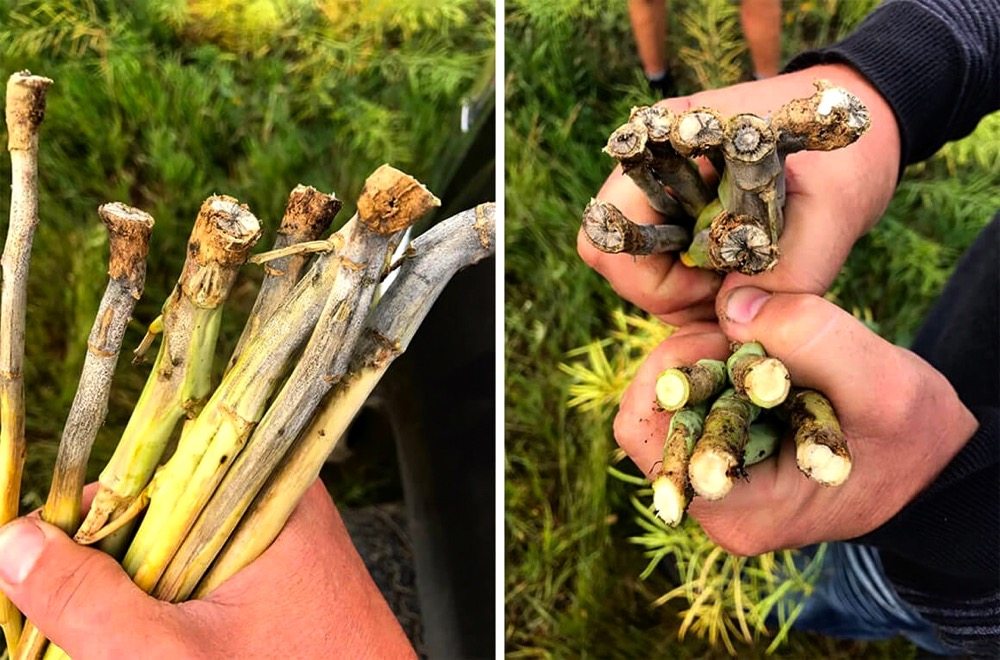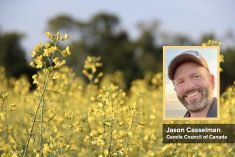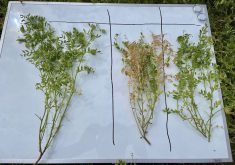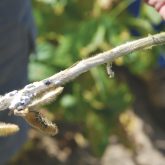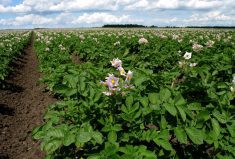A new tool will help western Canadian producers implement “educated rotations” to prolong the utility of blackleg resistance genes in canola, says Dilantha Fernando, a plant science professor at the University of Manitoba.
Blackleg is on the upswing in Canada. According to canola researchers, blackleg resistance is starting to break down due to a combination of factors, including the widespread adoption of zero- and minimum-till practices and tight rotations.
Four-year rotations would reduce blackleg inoculum in canola fields, because it takes that long for canola residue to decompose, but Fernando says most producers opt for two-year rotations.
Read Also
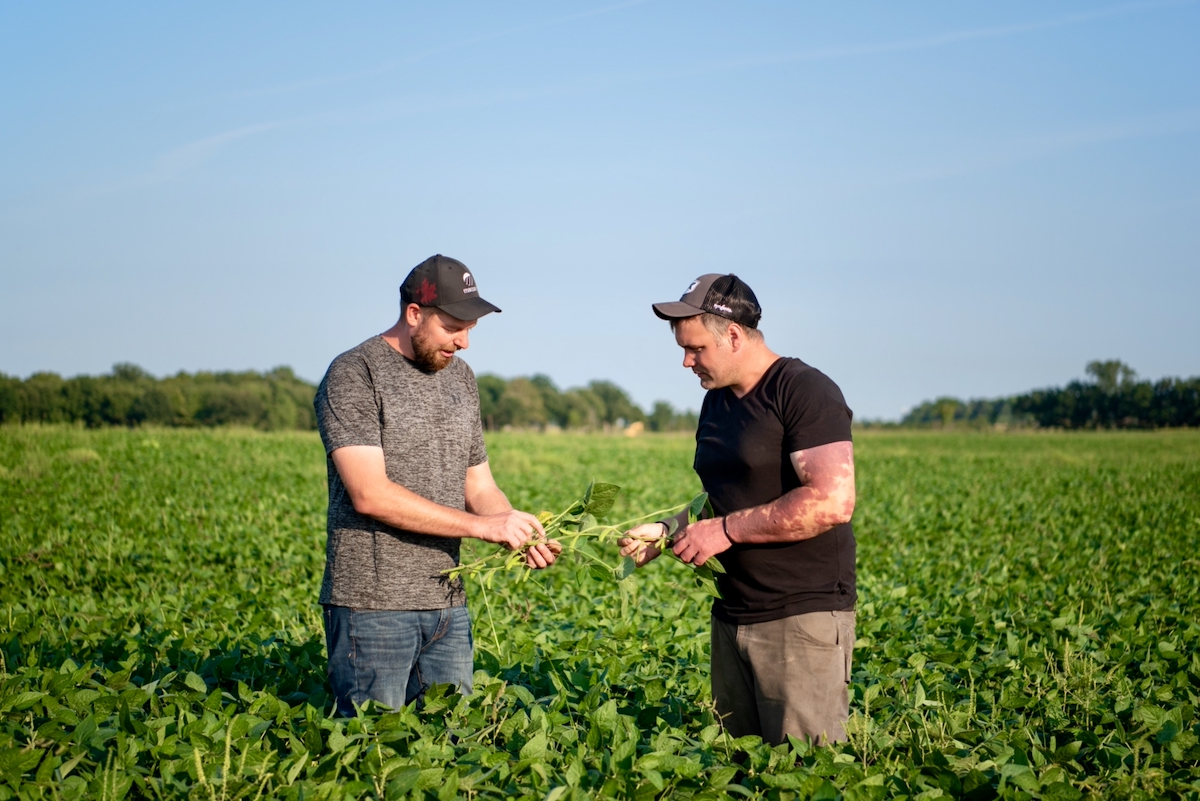
Ontario farmers partner for success
Ontario business partners, Matt Bergman and DJ Wassenaar, have been farming together for 10 years. Their focus on integrating unconventional…
Using a new resistance gene (or “R-gene”) rotation system, producers can reduce the risk of resistance breaking down even if they decide to go with tight rotations.
The tool has two parts: producers first get their stubble tested in the fall at participating seed labs (such as BioVision and 20/20) which use genetic marker testing to determine the pathogen populations in a given field. Once the race of pathogen is identified in that field, producers can choose canola seed that’s a good fit for subsequent planting.
For example, if a test finds pathogen populations in a field are overcoming R-gene “A,” the producer can opt to plant seed containing R-gene “B” so the pathogen doesn’t face the same selection pressure and will not overcome R-gene “A” as quickly.

Last year, a voluntary resistance labelling system was launched in Canada, under which seed companies label canola bags with the type of resistance found in the seed. Fernando says Monsanto has opted to label their varieties, and other industry partners will likely follow suit.
“Companies won’t want to be left out of that,” he predicts. “Market share would be skewed.”
Fernando just completed a five-year study mapping blackleg pathogens in farmers’ fields with Agriculture and Agri-Food Canada researcher Gary Peng and InnoTech Alberta’s Ralph Lange. The three have written a proposal for a new five-year study for Growing Forward 3 funding that will continue pathogen identification and analyze R-gene breakdown in more depth.
Starting in 2018, the team hopes to work with roughly 30 farmers in each of the Prairie provinces to look at blackleg in “a very systematic way,” says Fernando. They would analyze crop history, inputs and R-gene rotation in particular fields.
“We’ll also have testing sites set up where we can rotate certain R-genes and monitor those sites,” he says.
R-gene monitoring in Australia
In Australia, a similar system has been in play for several years. Resistant cultivars are placed into groups with similar genetic resistance to blackleg so producers can rotate different kinds of blackleg resistance in their fields.
Angela Van de Wouw of the University of Melbourne says more than 32 trials are performed annually across the canola-growing regions, in which cultivars from different resistance groups are planted and assessed for disease. Each year, spores are extracted from stubble from these sites and analyzed using molecular markers to determine how many isolates are virulent toward specific resistance genes.
“We use these two types of data to then determine which resistance genes are at high risk of resistance being overcome in specific regions,” says Van de Wouw.
For example, in 2012 the team released a warning to growers in South Australia that cultivars with Group D resistance were about to be overcome. Though these cultivars were most commonly grown in that region, producers opted not to grow them in the following year.
“We estimate that this region-specific warning saved farmers approximately $13 million in losses,” she says.
In 2016, they issued a warning to those producers growing Group A cultivars that they were at high risk of disease and recommended use of foliar fungicides.
“The benefits of this system are not only to growers, as yield losses are prevented, but also to the breeding companies as their cultivars are not destroyed by disease,” says Van de Wouw.
Fernando says lessons can be learned from Australia’s use of the system, but these lessons don’t perfectly apply in Canada.
“Their situation is a little bit different and our varieties have a higher percentage of adult plant resistance,” he says.
But in Canada, canola now exceeds 20 million acres, and the greater the acreage, the greater the odds of blackleg pathogens becoming established.
“It’s another tool and not the only solution to blackleg, but it is a solution,” says Fernando.


